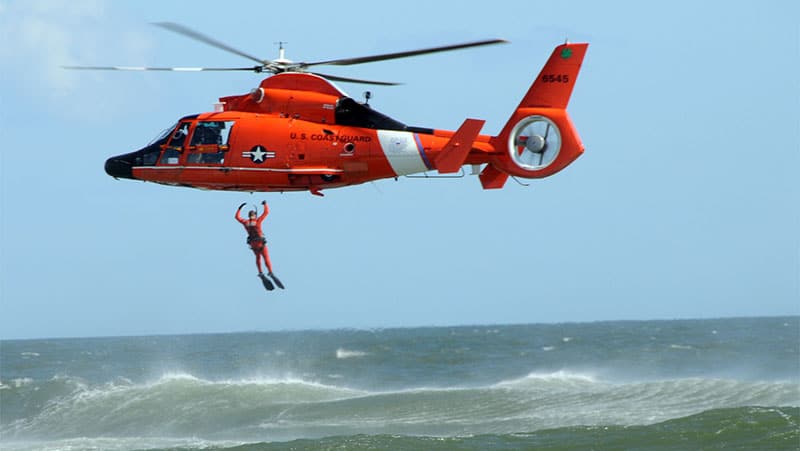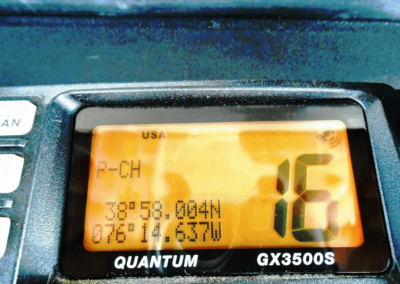About 2 a.m. on the morning of December 29th, 1997, three teenage boys and their father/uncle died when their sailboat, the Morning Dew, hit the north jetty at the entrance to Charleston Harbor. At least one of them lived in the fridgid waters until 6:30 a.m. when a crew member on a passing ship heard screams for help. The Coast Guard missed an opportunity to save them when two distress calls were transmitted from their vessel at 2:17 a.m. As the facts of this event began to unfold, it became apparent that the Coast Guard radio receiving equipment was outdated and unable to provide the information necessary to effect a timely rescue.

This unfortunate event and the National Transportation Safety Board investigation that followed helped bring about the Coast Guard’s new state of the art Rescue 21 Advanced Communication System. Had the Rescue 21 system been in place that morning, the Coast Guard could have efficiently identified the vessel, the owner and their exact location.
There are two important dimensions to the effective implementation and use of the Rescue 21 system and its capabilities. The first is the installation of mostly land based radio monitoring equipment that the Coast Guard has placed at strategic locations to monitor emergency VHF radio traffic on the US coastal waters. The Coast Guard has completed these installations and the monitoring capability is in place.
The second dimension falls upon the boat owner and this is why I write this article. In order for the Coast Guard and other emergency personnel to effectively respond to your emergency, they must know who you are and where you are. First, for the who you are, you must have an MMSI number and it must be programed into your VHF. Next, for the where you are, your GPS must be connected to your VHF in order to provide your location to the responding agencies. If the MMSI number is not obtained and entered into your VHF radio and the GPS is not connected and sending your position information to the VHF, you have about the same protection as the poor folks who perished in Charleston on the Morning Dew.
When you or your crew press the red distress button on your VHF, programmed with your MMSI number, and the VHF is receiving your position info from your GPS, three numbers are passed along to the authorities. The first is your MMSI number which accesses a profile you provided for you and your boat. This profile includes, among other things, your vessel description and phone numbers for you and your emergency contacts. The second and third numbers are your latitude and longitude. This is simple and is all the Coast Guard needs to effect a timely rescue… but many have not done their part and won’t benefit from the Rescue 21 system.
MMSI numbers can be obtained on line from Boat US. You can then program this number into your VHF by following the instructions in your VHF owner’s manual. Connections from your GPS to your VHF may require the help of your local electronics technician.
-

This Standard Horizon VHF display shows the vessels actual location in Latitude and Longitude indicating the proper connection with the GPS.
-

“GPS” in this Icom VHF radio display indicates that this radio is receiving position information from the vessel GPS.
Once the GPS/VHF connections are made the VHF will indicate that a GPS signal is being received.
If your VHF does not show ‘GPS’ or the current Latitude and Longitude, your VHF and GPS are not properly connected and your location will not be passed to the Coast Guard.
The Coast Guard has done their part. Have you done yours?